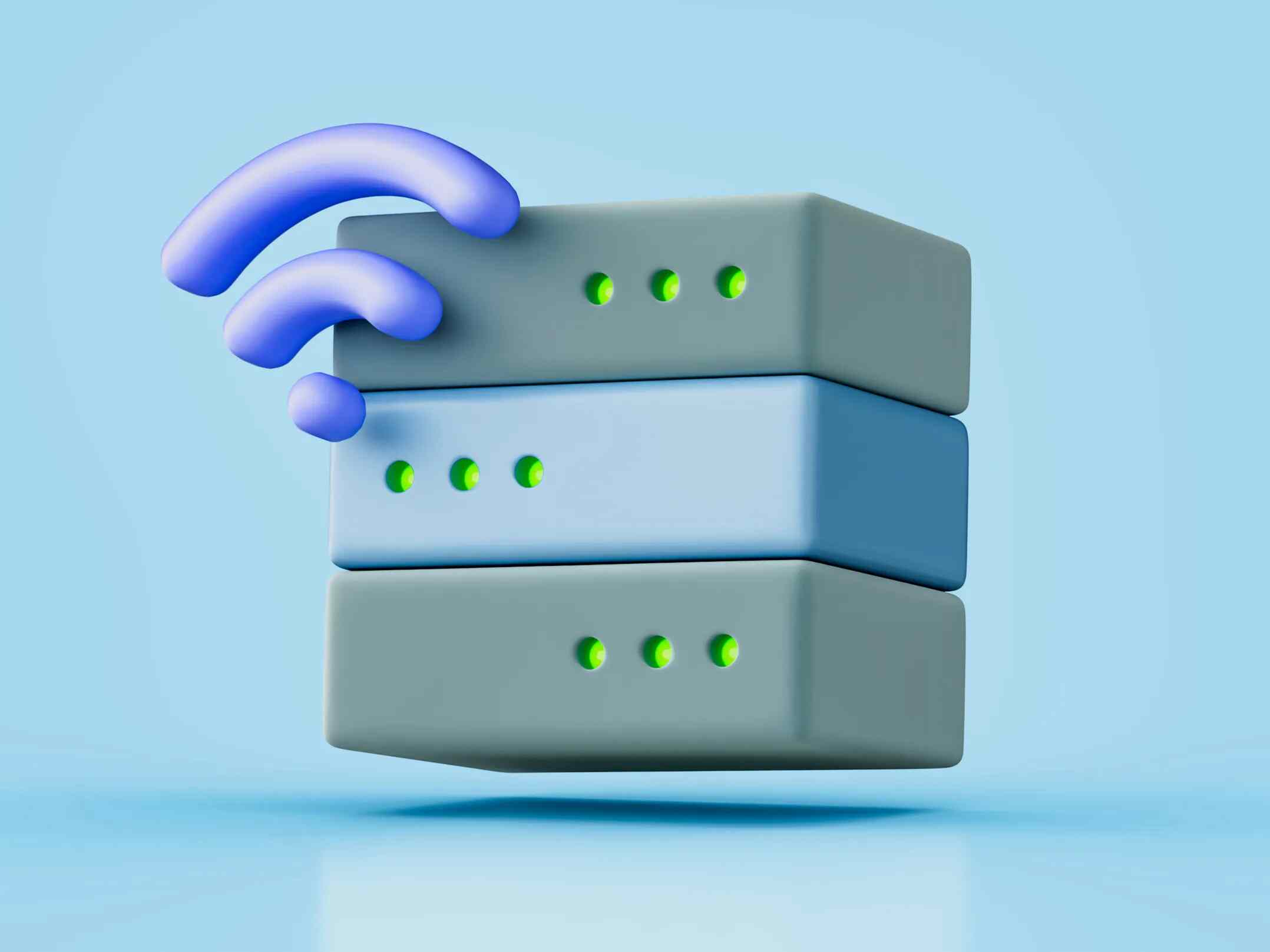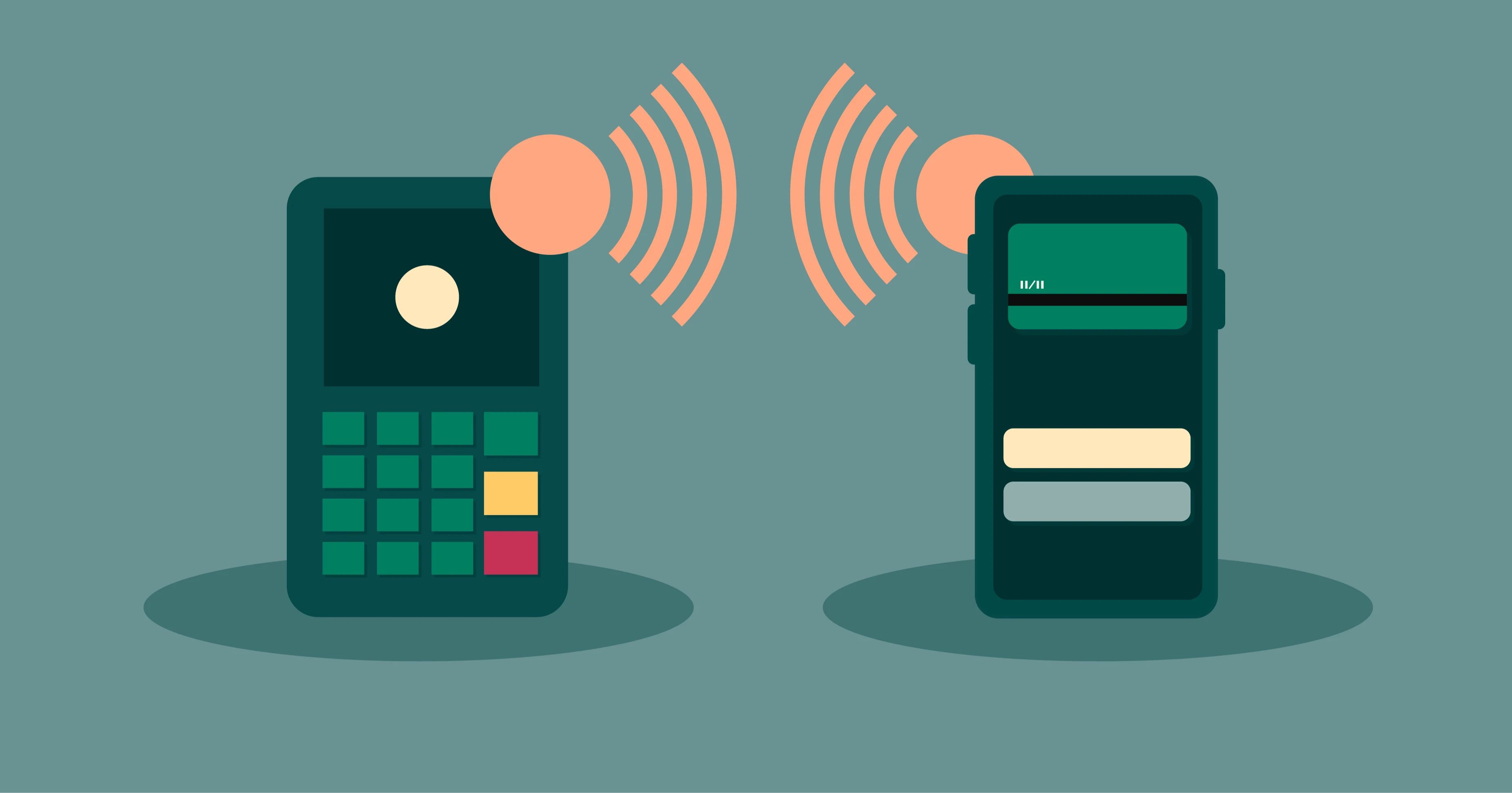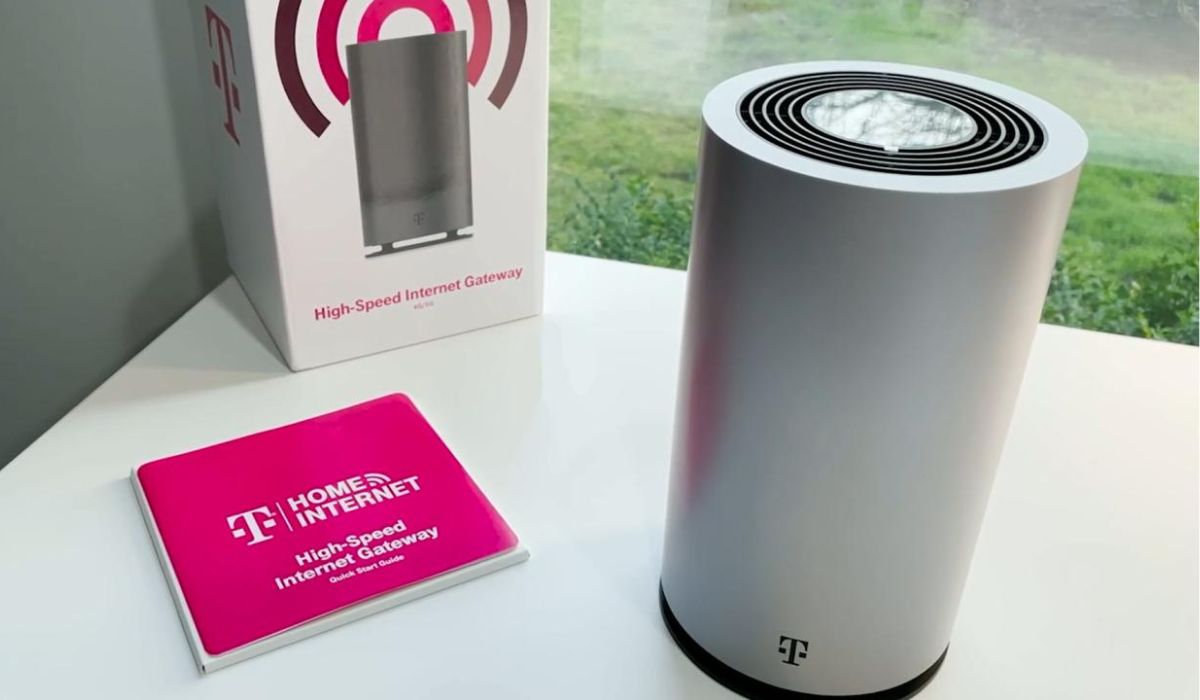Understanding Wi-Fi Signal Strength
Understanding Wi-Fi Signal Strength
Wi-Fi signal strength is a crucial factor in ensuring a seamless and reliable internet connection. It refers to the measurement of the power level of the wireless signal transmitted by the router and received by the device. Understanding the dynamics of Wi-Fi signal strength can help you optimize your network for improved performance.
When you see the signal strength indicator on your device, it typically ranges from excellent to poor. This indicator provides a general overview of the connection quality, but it’s essential to comprehend the factors that influence signal strength.
Several elements can affect Wi-Fi signal strength, including distance from the router, physical obstructions, interference from other electronic devices, and the router’s capabilities. The signal weakens as you move farther away from the router, especially if there are walls or other obstacles in the way. Additionally, electronic devices such as cordless phones, microwaves, and Bluetooth gadgets can interfere with the Wi-Fi signal, leading to degradation in performance.
Furthermore, the type of router and its antenna configuration play a significant role in determining signal strength. Older routers or those with limited antenna capabilities may not provide optimal coverage, resulting in weaker signals in certain areas of your home or office.
Understanding these factors empowers you to take proactive measures to enhance your Wi-Fi signal strength. By addressing these elements, you can optimize your network for improved connectivity and better overall performance.
Optimizing Router Placement
Optimizing Router Placement
The placement of your Wi-Fi router significantly impacts the strength and coverage of your wireless signal. By strategically positioning the router, you can maximize signal strength and minimize dead zones within your home or office.
Here are some proven techniques to optimize router placement:
- Central Location: Position the router in a central area of your home or office to ensure that the wireless signal can reach all areas with minimal obstruction. This central placement helps distribute the signal more evenly throughout the space, reducing the likelihood of weak spots.
- Elevated Position: Place the router at an elevated position, such as on a high shelf or mounted on the wall, to enhance signal propagation. By elevating the router, you can minimize signal interference from furniture and other objects while extending the coverage area.
- Avoid Physical Obstructions: Keep the router away from physical obstructions like walls, large appliances, and metal surfaces, as these can impede the transmission of the wireless signal. Clearing the area around the router allows the signal to propagate more effectively.
- Consider Antenna Orientation: If your router has adjustable antennas, experiment with different orientations to optimize signal coverage. Positioning the antennas vertically or horizontally can affect the directionality of the signal, potentially improving coverage in specific areas.
By implementing these strategies, you can ensure that your router is optimally positioned to provide strong and consistent Wi-Fi coverage throughout your living or working space. These simple adjustments can make a significant difference in signal strength and overall network performance.
Upgrading Your Router
Upgrading Your Router
As technology continues to advance, older routers may struggle to keep up with the demands of modern internet usage. Upgrading to a newer, more advanced router can significantly enhance your Wi-Fi signal strength and overall network performance.
Here are compelling reasons to consider upgrading your router:
- Improved Speed and Coverage: Newer routers often feature advanced technologies, such as multiple antennas, beamforming, and higher frequency bands, which can deliver faster speeds and extended coverage compared to older models. This upgrade can lead to a more robust and reliable Wi-Fi connection throughout your home or office.
- Enhanced Security Features: Up-to-date routers come equipped with the latest security protocols and encryption standards, offering improved protection against potential cyber threats and unauthorized access. By upgrading your router, you can bolster the security of your network and safeguard your sensitive data.
- Support for Multiple Devices: With the proliferation of smart devices and the increasing number of connected gadgets in modern households, a new router can better handle the demands of multiple devices simultaneously accessing the network. This results in smoother performance and reduced congestion.
- Compatibility with New Technologies: New routers are designed to support emerging technologies and standards, such as Wi-Fi 6, which offers enhanced efficiency, faster speeds, and better performance in crowded environments. By upgrading, you can future-proof your network and take advantage of these advancements.
When considering an upgrade, research the latest router models and select one that aligns with your specific needs and budget. Investing in a modern router can yield substantial improvements in signal strength, network stability, and overall user experience, making it a worthwhile upgrade for seamless connectivity.
Using Wi-Fi Extenders or Repeaters
Using Wi-Fi Extenders or Repeaters
Wi-Fi extenders and repeaters are valuable tools for amplifying and extending the reach of your wireless network, especially in areas where the Wi-Fi signal is weak or prone to dead zones. These devices work by capturing the existing Wi-Fi signal from your router and rebroadcasting it to provide enhanced coverage, effectively boosting signal strength in hard-to-reach areas.
Consider the following benefits and considerations when using Wi-Fi extenders or repeaters:
- Expanded Coverage: Wi-Fi extenders and repeaters can effectively expand the coverage of your wireless network, reaching areas that were previously plagued by weak signals or intermittent connectivity. By strategically placing these devices, you can eliminate dead spots and ensure a more consistent Wi-Fi experience throughout your home or office.
- Easy Installation: Most Wi-Fi extenders and repeaters are designed for easy setup, typically requiring no complex configuration. With simple plug-and-play functionality, you can quickly enhance your network’s coverage without the need for technical expertise.
- Signal Amplification: These devices amplify the existing Wi-Fi signal, effectively boosting its strength and improving overall network performance. By rebroadcasting the signal, they help mitigate the impact of physical obstructions and distance, resulting in better connectivity for your devices.
- Consider Interference: While Wi-Fi extenders and repeaters can improve coverage, it’s essential to consider potential interference from neighboring networks and electronic devices. Careful placement and configuration can help minimize interference and optimize the effectiveness of these devices.
When deploying Wi-Fi extenders or repeaters, strategically position them in areas where the existing Wi-Fi signal is still discernible but relatively weak. This allows these devices to capture and amplify the signal, effectively extending the coverage to areas that previously suffered from poor connectivity.
By leveraging Wi-Fi extenders or repeaters, you can mitigate the limitations of your existing Wi-Fi coverage and ensure a more robust and reliable network, ultimately enhancing the overall signal strength and user experience.
Managing Interference from Other Devices
Managing Interference from Other Devices
Interference from other electronic devices can significantly impact Wi-Fi signal strength and overall network performance. Identifying and mitigating sources of interference is crucial for maintaining a stable and reliable wireless connection.
Here are key strategies for managing interference from other devices:
- Identify Interference Sources: Common household devices such as cordless phones, microwave ovens, Bluetooth devices, and even baby monitors can interfere with Wi-Fi signals. Identifying these potential sources of interference is the first step in addressing connectivity issues.
- Opt for 5GHz Frequency: Many modern routers offer dual-band functionality, allowing you to switch between the 2.4GHz and 5GHz frequency bands. The 5GHz band is less prone to interference from household devices, making it a favorable option for minimizing disruptions to your Wi-Fi signal.
- Position Devices Strategically: When setting up your router and other electronic devices, consider their proximity to one another. Positioning Wi-Fi routers away from potential sources of interference, such as microwaves and cordless phones, can help reduce signal disruptions.
- Utilize Wi-Fi Channels: Routers operating on the 2.4GHz band can benefit from channel selection to minimize interference from neighboring networks. By choosing the least congested Wi-Fi channel, you can optimize signal strength and reduce the impact of external interference.
By implementing these strategies, you can effectively manage interference from other devices and optimize your Wi-Fi signal strength. This proactive approach can lead to a more stable and consistent wireless connection, enhancing the overall performance of your network.
Adjusting Router Settings
Adjusting Router Settings
Optimizing your Wi-Fi signal strength involves more than just physical placement and hardware upgrades. Adjusting the settings on your router can have a profound impact on the performance and coverage of your wireless network. By fine-tuning these settings, you can tailor the router’s behavior to better suit your specific environment and usage requirements.
Consider the following router settings that can be adjusted to enhance Wi-Fi signal strength:
- Wi-Fi Channel Selection: Routers operating on the 2.4GHz band can benefit from channel selection to minimize interference from neighboring networks. By choosing the least congested Wi-Fi channel, you can optimize signal strength and reduce the impact of external interference.
- Quality of Service (QoS): QoS settings allow you to prioritize certain types of network traffic, ensuring that critical applications and devices receive sufficient bandwidth. By assigning priority to activities such as video streaming or online gaming, you can improve the overall user experience and signal stability.
- Wireless Security Protocols: Ensure that your router is using the latest security protocols, such as WPA3, to protect your network from unauthorized access and potential security threats. Robust security measures can contribute to a more stable and secure Wi-Fi environment.
- Signal Power Adjustment: Some routers allow you to adjust the transmission power of the Wi-Fi signal. By fine-tuning the signal power, you can optimize coverage based on the size and layout of your space, potentially reducing signal interference and dead zones.
Accessing and modifying these settings typically requires logging into the router’s administration interface, which can be done through a web browser. Consult your router’s user manual or manufacturer’s website for specific instructions on accessing and adjusting these settings.
By carefully adjusting these router settings, you can customize your wireless network to better suit your specific requirements, ultimately leading to improved signal strength, enhanced coverage, and a more reliable Wi-Fi experience for all connected devices.

























